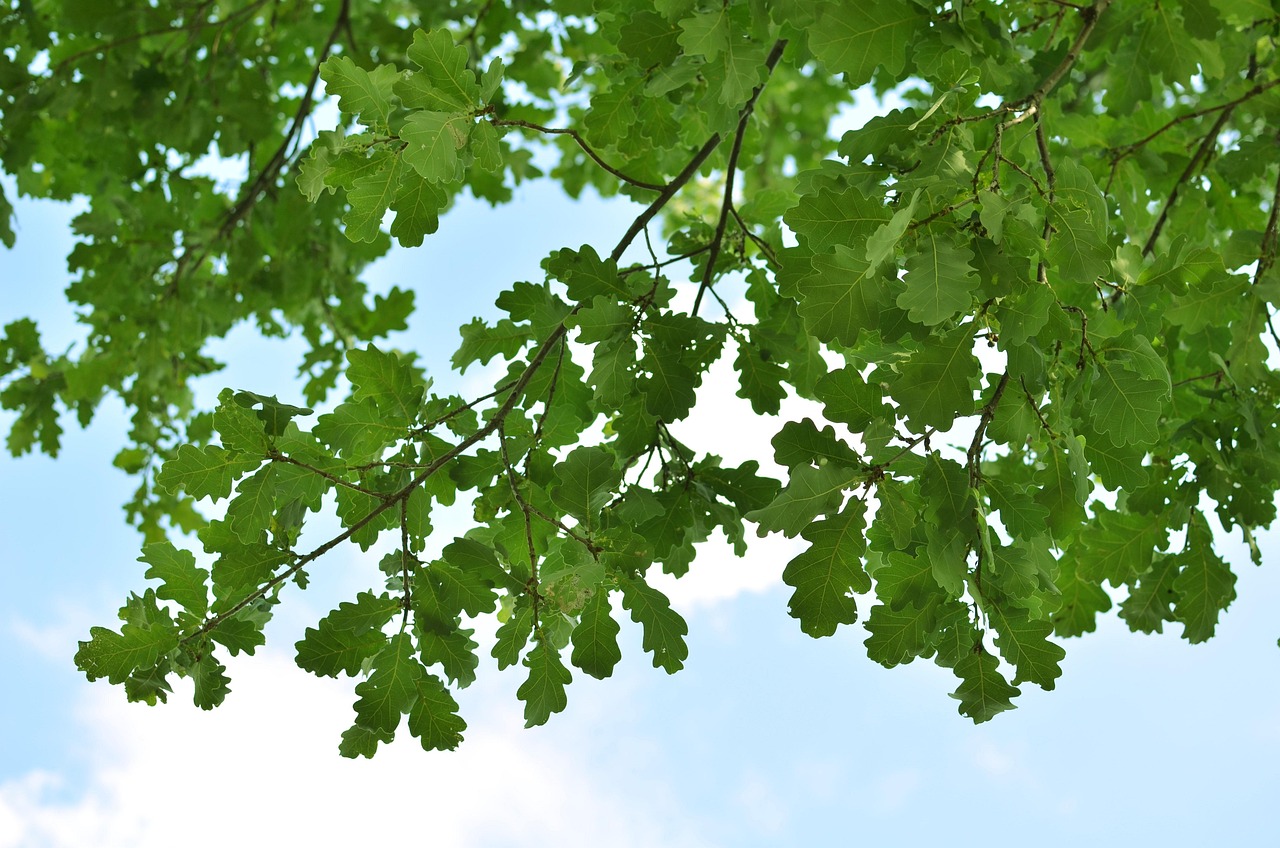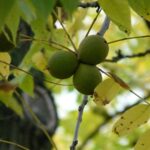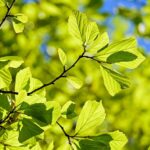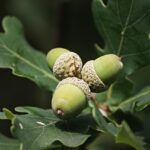How to Keep Oak Trees Healthy: Essential Care Tips for Long-Lasting Beauty

Oak trees stand as majestic symbols of strength and endurance in our landscapes, but maintaining the health of these sublime beauties requires purposeful care and attention. Knowing why oak trees are significant and working according to proper oak tree health-care practices will ensure that these magnificent specimens grow through the years.
Why Oak Trees Are Important to Our Environment
Before delving into care specifics, it’s imperative to understand the value these trees possess in the ecosystem. Oak trees serve as host to more than 500 species of butterfly and moth, making them keystone species in many habitats. They provide great wildlife habitat, counteract soil erosion, and harmoniously cooperate in air purification. As the name implies, a mature oak can bear as many as 60,000 acorns in a single year, feeding a plethora of animals from squirrels to deer.
Recognizing a Healthy Oak Tree
Many primary characteristics signify a well-kept oak tree growing in proper conditions. The foliage should be of a green hue during the growing seasons, and leaves should retain their color with no premature yellowing or browning. Bark texture should be intact, with little presence of cracks, holes, or fungal growth therein. Branch structure should appear strong and well-spread, without any dead, hanging limbs.
Essential Oak Tree Health Care Practices
Watering Wisdom
Proper hydration forms the foundation of how to keep oak trees healthy. Young oaks require consistent moisture, particularly during their first few years of establishment. Water deeply but infrequently, allowing soil to dry slightly between watering sessions. Mature oaks typically need supplemental watering only during extended drought periods, as their extensive root systems can access deep groundwater.
Soil Management and Nutrition
Oak trees thrive in well-draining soil with a slightly acidic to neutral pH level between 6.0 and 7.0. Conduct soil tests every few years to monitor nutrient levels and pH balance. Avoid over-fertilizing, as oaks prefer nutrient-poor conditions. If fertilization becomes necessary, apply a balanced, slow-release fertilizer in early spring before new growth begins.
Mulching for Protection
Apply a 2-4 inch layer of organic mulch around the base of your oak tree, extending to the drip line while keeping mulch several inches away from the trunk. This practice conserves moisture, regulates soil temperature, and prevents competition from grass and weeds. Organic materials like wood chips, shredded bark, or compost work excellently.
Pruning Practices
Proper pruning maintains tree structure and removes potentially problematic branches. The best time to prune oak trees is during their dormant season, typically late fall through early spring, to avoid attracting oak wilt-carrying beetles. Remove dead, damaged, or crossing branches, and avoid removing more than 25% of the canopy in a single year.
Disease Prevention and Management
Oak trees face several common diseases, including oak wilt, powdery mildew, and root rot. Prevention remains the most effective strategy through proper spacing, adequate air circulation, and avoiding wounds during active growing seasons. If you notice signs of disease such as wilting leaves, unusual discoloration, or fungal growth, consult with a certified arborist promptly.
Protecting Oak Trees from Environmental Stress
Environmental factors significantly impact oak tree health. Protect trees from construction damage by establishing protective barriers around the root zone. Avoid soil compaction by limiting foot traffic and heavy equipment near the tree. During extreme weather events, inspect trees for damage and address issues promptly to prevent secondary problems.
Seasonal Care Considerations
Spring allows for fertilization and deep watering as the trees come out of dormancy. Summer is meant for setting drought stress monitoring and pest monitoring. Fall is the best season for planting new oaks and applying protective mulch. The entire winter months are meant for structural pruning and laying of plans for the coming growing year.
Professional Care and Consultation
While some areas of oak tree maintenance can be dealt with by the homeowner, situations may arise when professional assistance is necessary. In cases of large-scale pruning and/or being able to identify diseases, and large mature specimens, contact one of these certified arborists. Professional treatments will often ensure that the tree is treated through the German method for continuing health and safety.
Long-Term Benefits of Proper Care
The best care for health and growth has outstanding long-term advantages for oak trees. Properly maintained oaks can live for many centuries, growing in value all the while by way of environmental aid, property enhancement, and natural beauty. These trees turn into heirlooms of the family, offering shade, wildlife habitat, and aesthetic appeal for those to come.
By adhering to the above-mentioned essential care practices and contemplating factors regarding oak tree health, you will be able to keep these majestic trees from losing a spot in your landscape imparted by their ambience and ecological benefits for all time. Remember that any oak tree management will require consistent care, focus on environmental needs, and immediate response to any potential problems.



